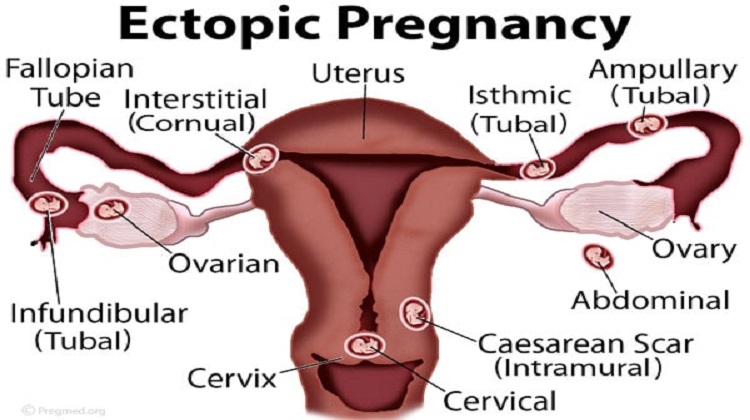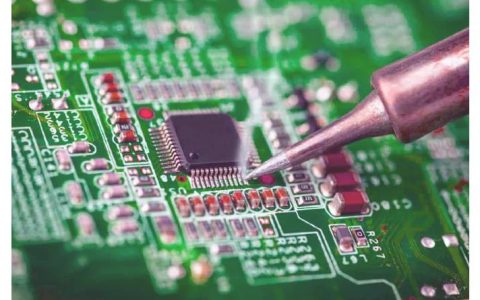
An ectopic pregnancy may begin like a normal pregnancy, but soon thereafter it produces life-threatening symptoms, needing the immediate intervention of an expert gynecologist doctor in Islamabad.
Read on to know more about ectopic pregnancy, its symptoms, diagnosis, causes and treatment options:
What is ectopic pregnancy?
Pregnancy begins when the fertilized egg implants itself into the wall of the uterus and draws nutrition from it. However, when the egg implants outside the uterine cavity, the result is an ectopic pregnancy.
In more than 90 percent cases, the site of implantation is the fallopian tubes. The fallopian tubes connect the uterus with the ovaries and are not made to hold the implanted embryo. When the growing embryo stretches the fallopian tubes, they can rupture with life-threatening bleeding. Rarely, the fertilized egg implants in the ovaries, cervix or the abdominal cavity.
Ectopic pregnancy is not viable and is dangerous for the mother if not treated, timely.
What are the causes of ectopic pregnancy?
While the exact causes of ectopic pregnancy are unclear, some common causes include:
- Genetic abnormalities
- Inflammation in the fallopian tubes
- Scarring due to persistent pelvic infections or previous pelvic surgery
- Hormonal changes
- Ascending sexually transmitted infections
- Endometriosis
- Birth defects
- Medical conditions which affect the shape of fallopian tubes
What are the symptoms of ectopic pregnancy?
Ectopic pregnancy presents as a normal pregnancy in the beginning. There may be missed period, nausea and breast tenderness, as with a normal pregnancy. However, the additional symptoms include:
- Vaginal bleeding
- Pain in the lower back, abdomen or pelvis.
If there is rupture of the fallopian tubes the symptoms are:
- Sharp abdominal pain with cramping
- Pallor
- Dizziness
- Hypotension
- Pain in the neck, shoulder or rectum
- Heavy vaginal bleeding
- Rectal pressure
How is ectopic pregnancy diagnosed?
If the healthcare provider suspects ectopic pregnancy, they will perform:
- Blood tests: like human chorionic gonadotropin (hCG) to confirm pregnancy. This investigation is repeated few days later to rule in or rule out ectopic pregnancy and is performed before ultrasound can confirm pregnancy and the site of implantation.
- transvaginal ultrasound: this ultrasound is performed by placing the probe in the vagina to see the gestational sac and the position of the baby. In ectopic pregnancy, the gestational sac will not be inside the uterus.
What are the risk factors of ectopic pregnancy?
The risk of ectopic pregnancy rises, if:
- Maternal age is more than 35 years
- Conception is aided by fertility procedures or ovulation medication
- There is previous history of ectopic pregnancy
- There is history of pelvic or uterine surgery
- There is previous history of abortions
- The conception has occurred despite an intrauterine device in place
- The mother has smoking history
- There are structural abnormalities in the fallopian tubes
- There is history of pelvic inflammatory disease (PID)
What are the treatment options?
Since ectopic pregnancy cannot survive outside the uterus, and can prove life-threatening for the mother, it needs to be removed. The method of choice depends on when the pregnancy is discovered, how far along the mother is, and what are the symptoms experienced by the mother. The three options for treatment are:
- Medication: if the mother is stable and there are no warning symptoms, medication called methotrexate is given by injection. This medication works by stopping the growth of the ectopic fetus. To check the progression of treatment, serial hCG tests are done. If need be, the dose or duration of medication is increased.
- Surgery: with ruptured fallopian tubes and heavy bleeding, emergency surgery is done, either through a laparoscope or through open abdominal incision. The ruptured fallopian tube may need to be removed, but in some cases, can be saved, as well.
Laparoscopic procedure: for uncomplicated ectopic pregnancies, laparoscopic procedure can be used for safe removal of the fetus, under the guidance of gynecologist in rawalpindi. A small incision is made to insert the laparoscope and thereafter the ectopic pregnancy is removed through a hole in the fallopian tubes.



